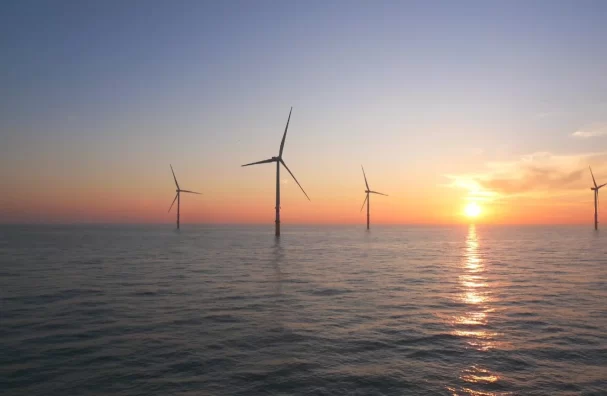
In the face of escalating global warming, scientists are considering an intriguing proposition: leveraging the ocean’s natural carbon absorption abilities to mitigate climate change. This concept, dubbed “ocean carbon dioxide removal”, entails manipulating the ocean’s chemistry and biology to augment its carbon uptake.
Over the years, the ocean has played a crucial role in curbing global warming, absorbing a third of the carbon dioxide released by human activities since the Industrial Revolution. However, as carbon emissions rise and the window for limiting warming through emission reduction alone narrows, researchers believe that it may be necessary to ask even more of our oceans.
According to climate simulations, averting the worst impacts of climate change by 2100 will necessitate active carbon dioxide removal from the atmosphere – a task the ocean could potentially assist with.
The Intergovernmental Panel on Climate Change reports that the Earth is on track to warm by about 3.2 degrees Celsius by the end of the century, relative to pre-industrial times. Even if all nations meet their current emission-reduction pledges, the global temperature would still rise about 2.7 degrees.
This exceeds the target of 1.5 to 2 degrees set by the 2015 Paris Agreement and poses serious risks, including deadly heatwaves, increased storm intensity, and coastal city inundations due to melting ice and rising seas.
To meet the Paris Agreement climate goals, it is essential to employ carbon dioxide removal (CDR) technologies. Currently, most of the CDR comes from forests through planting new trees, regrowing old forests, or better managing existing growth. However, the world needs to ramp this up, removing 10 billion to 15 billion tons of CO2 annually by 2050.
But even land-based CDR approaches have their limitations. They can only absorb about 10 billion tons annually, and they require sufficient land area for food, water, and biodiversity preservation. So, what’s the solution? Scientists believe it lies in the ocean.
“The ocean can store about 19 times the amount of carbon that can be stored on land,” according to geochemist Gabriella Kitch of the U.S. National Oceanic and Atmospheric Administration. There are several ways to enhance the ocean’s current carbon uptake: increase the ocean’s abundance of photosynthesizing organisms, increase the water’s alkalinity to absorb more acidic CO2, and build huge facilities at sea that suck carbon directly out of the water.
However, ocean CDR is largely untested, and the vastness of the ocean presents unique challenges in terms of monitoring changes in chemistry and evaluating the effectiveness of CDR.
Several ocean-based methods of carbon dioxide removal have been proposed, including seaweed farming, artificial upwelling and downwelling, enhanced rock weathering, direct ocean capture, and ocean iron fertilization.
Seaweed farming involves growing algae on offshore floating platforms and sinking the platforms to deep water once the algae are fully grown. This method could potentially sequester about 1 billion tons of carbon annually.
Ocean iron fertilization involves artificially adding iron to ocean waters to stimulate large blooms of phytoplankton, which then absorb more carbon dioxide.
Artificial upwelling and downwelling involve pumping nutrient-rich waters from the deep ocean toward the surface or sending carbon-laden surface waters downward for sequestration.
Enhanced rock weathering simulates natural rock weathering by dumping large amounts of finely ground alkaline minerals into the water, increasing the ocean’s alkalinity and allowing it to take in more carbon.
This method involves pumping seawater through an ocean-based electrochemical system that rearranges the water and salt molecules to create an alkaline solution, which is then mixed with seawater and returned to the ocean’s surface, increasing its alkalinity.
The direct ocean capture method involves pumping seawater through a large membrane that mediates a reaction to strip out dissolved carbon dioxide, ultimately increasing the water’s pH and allowing it to absorb more atmospheric carbon dioxide.
